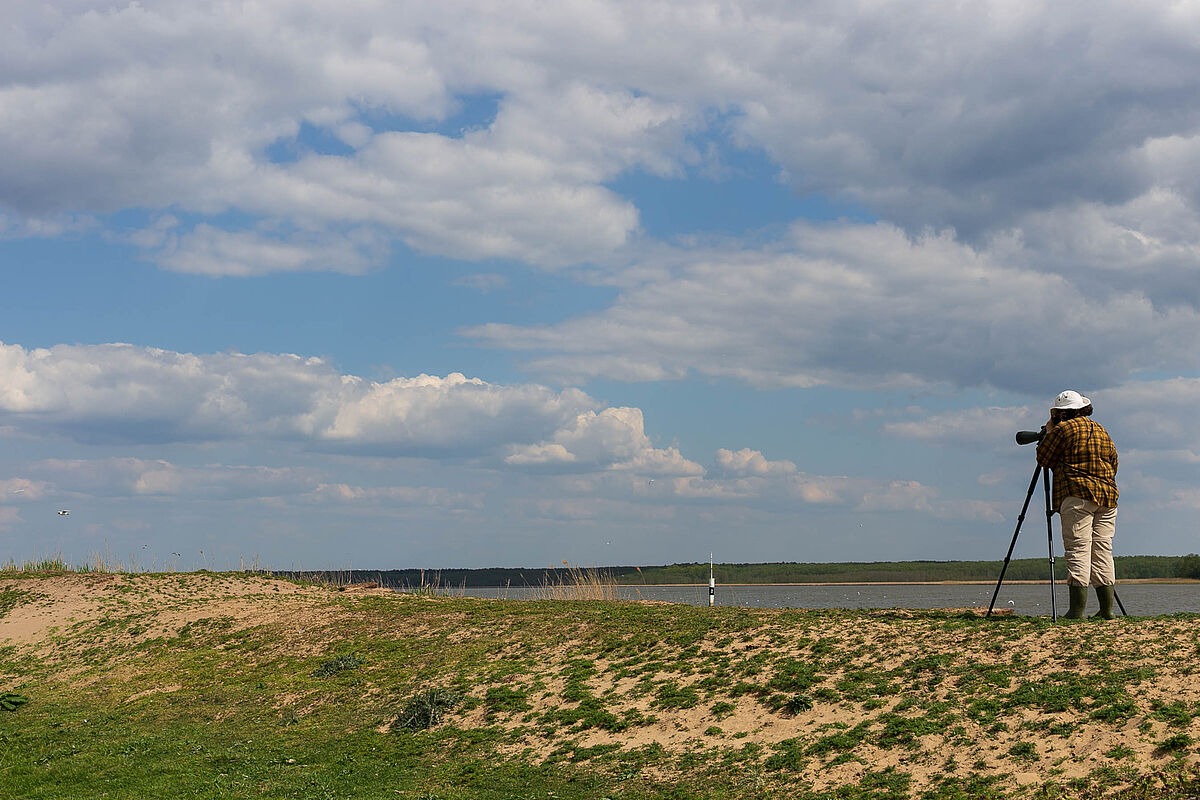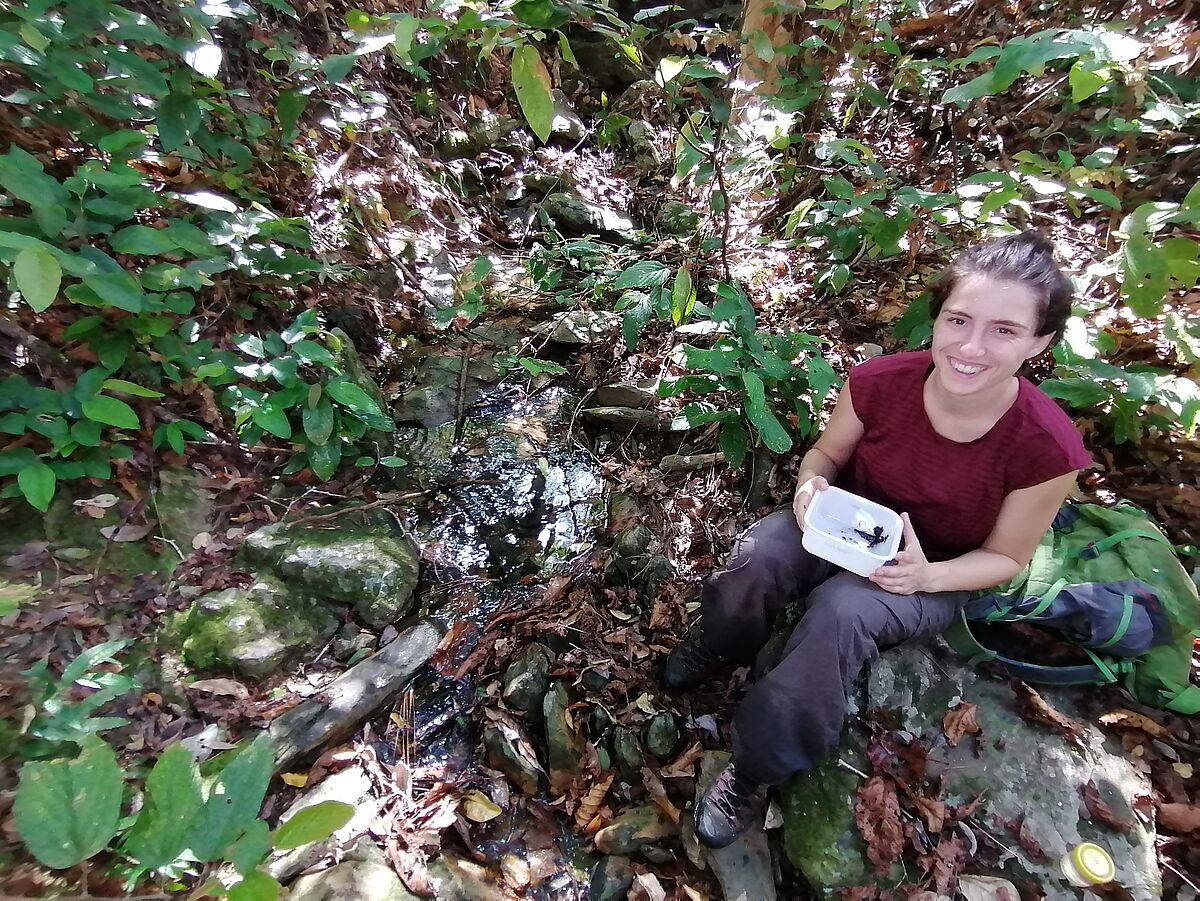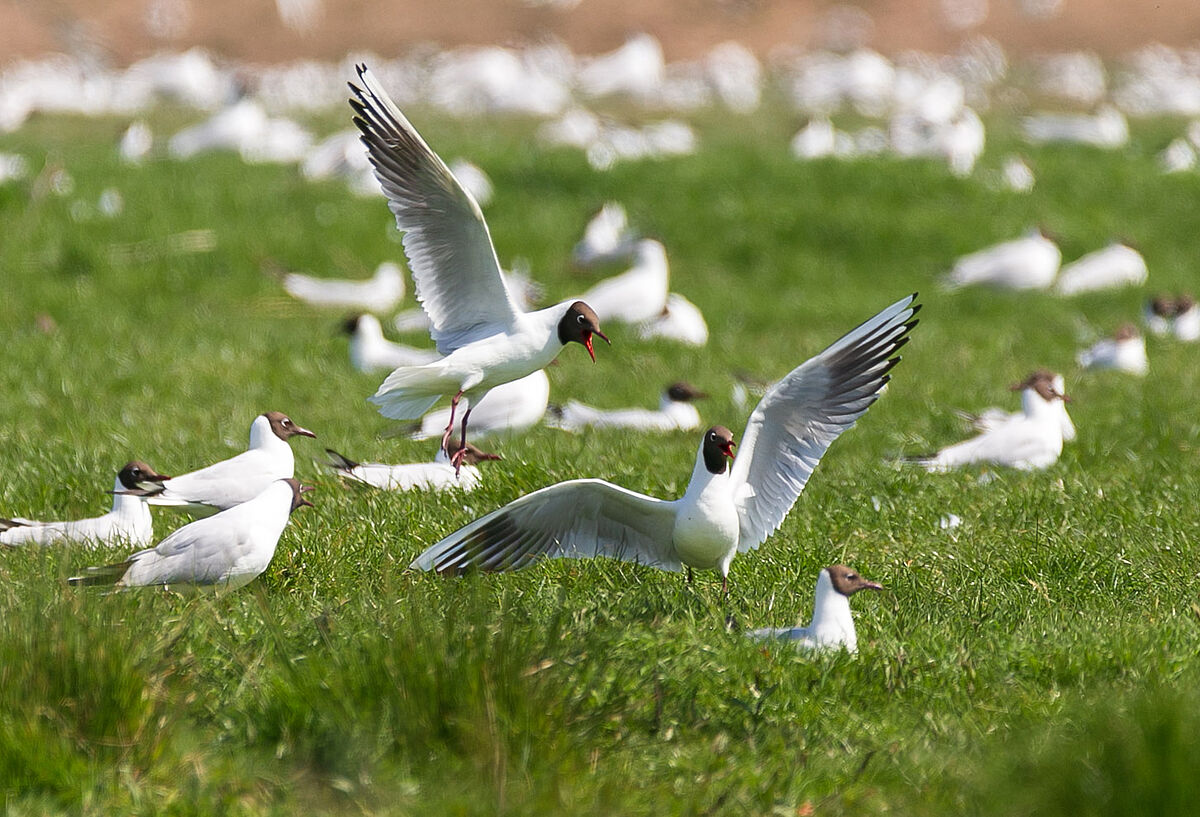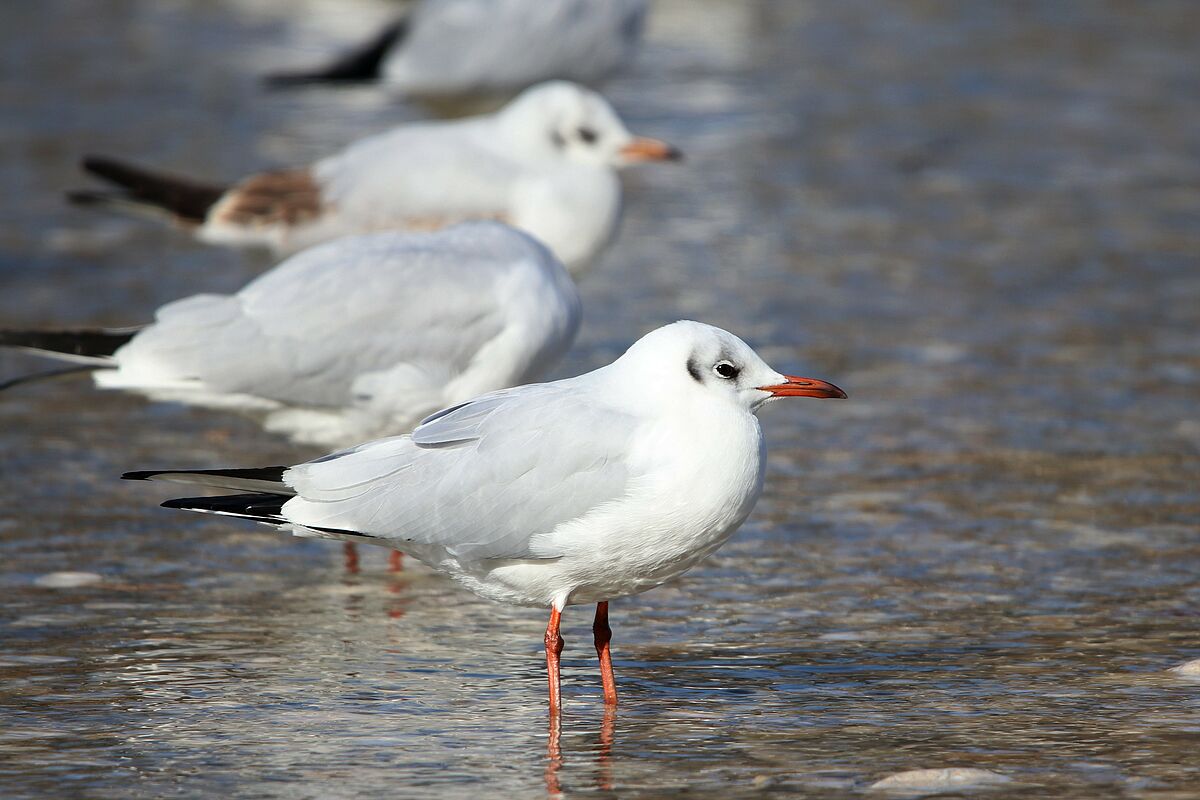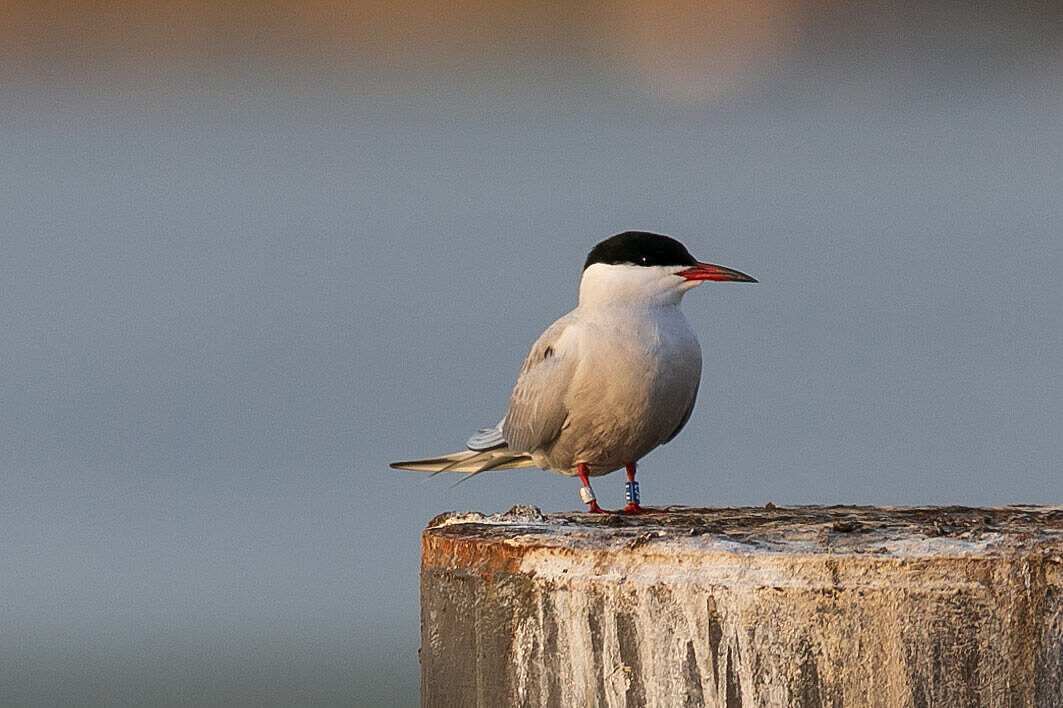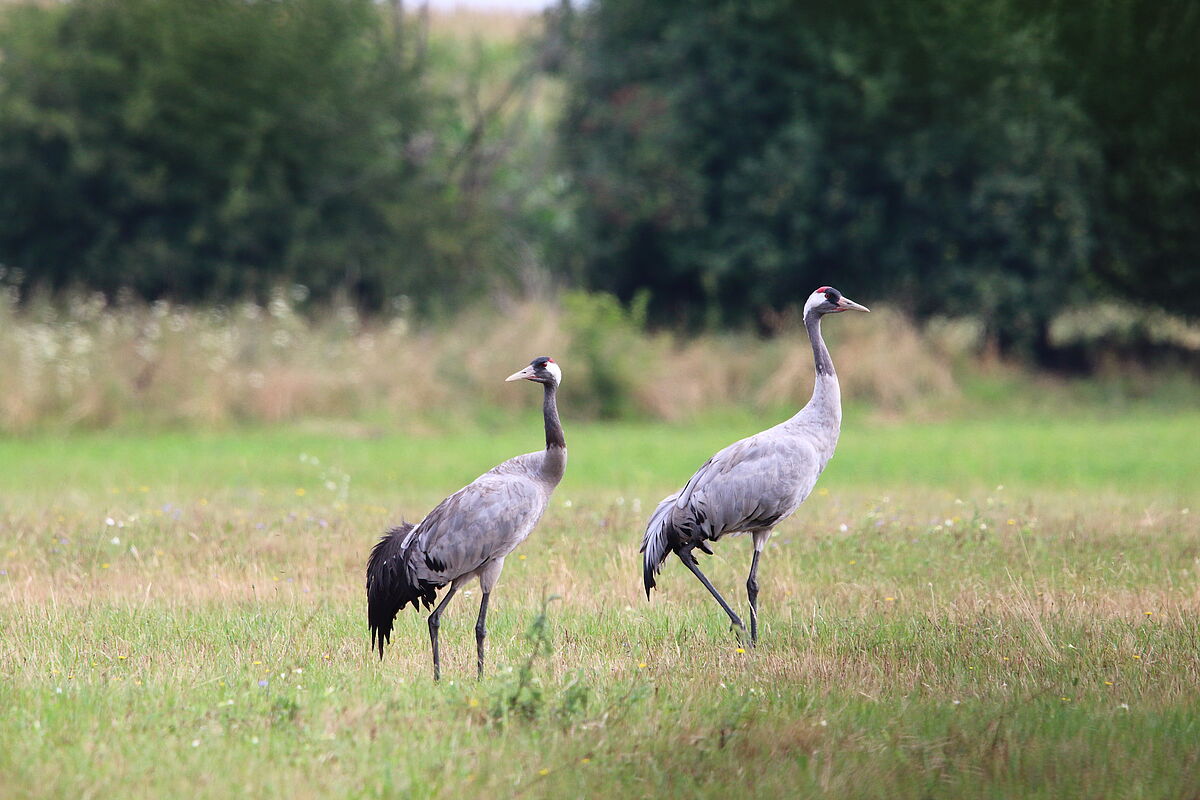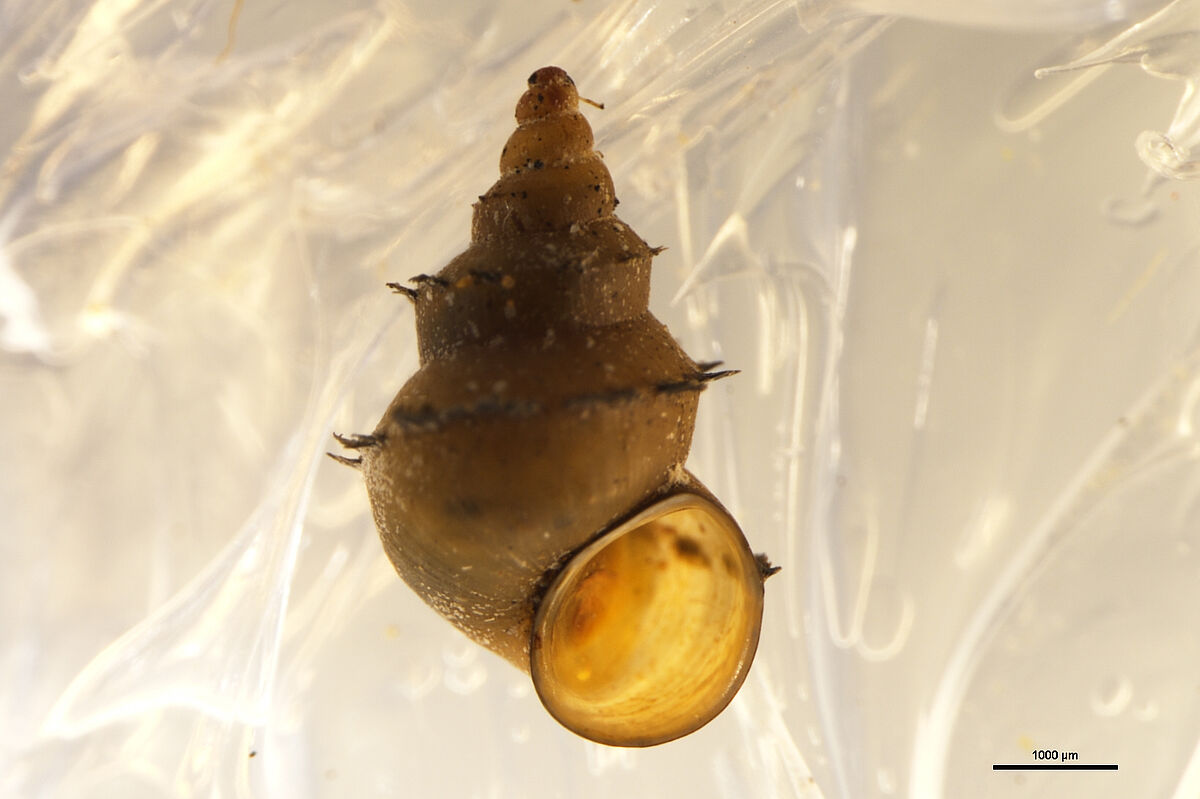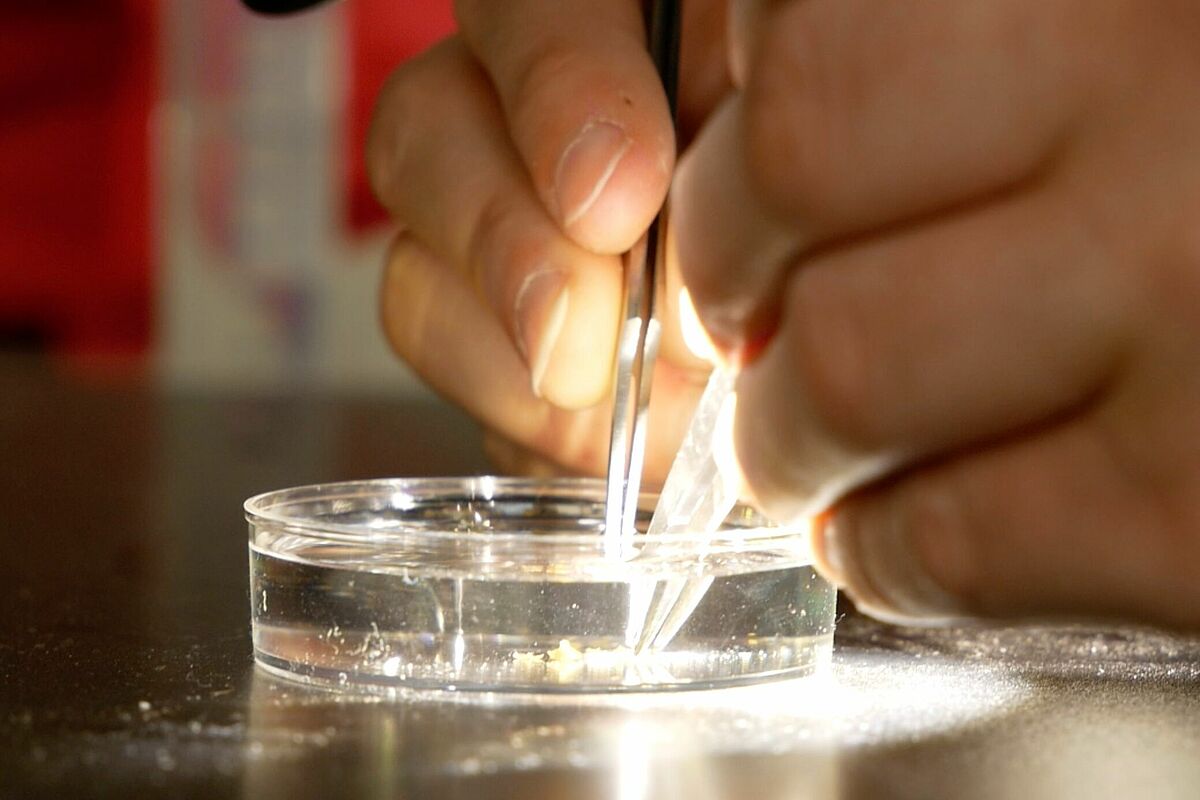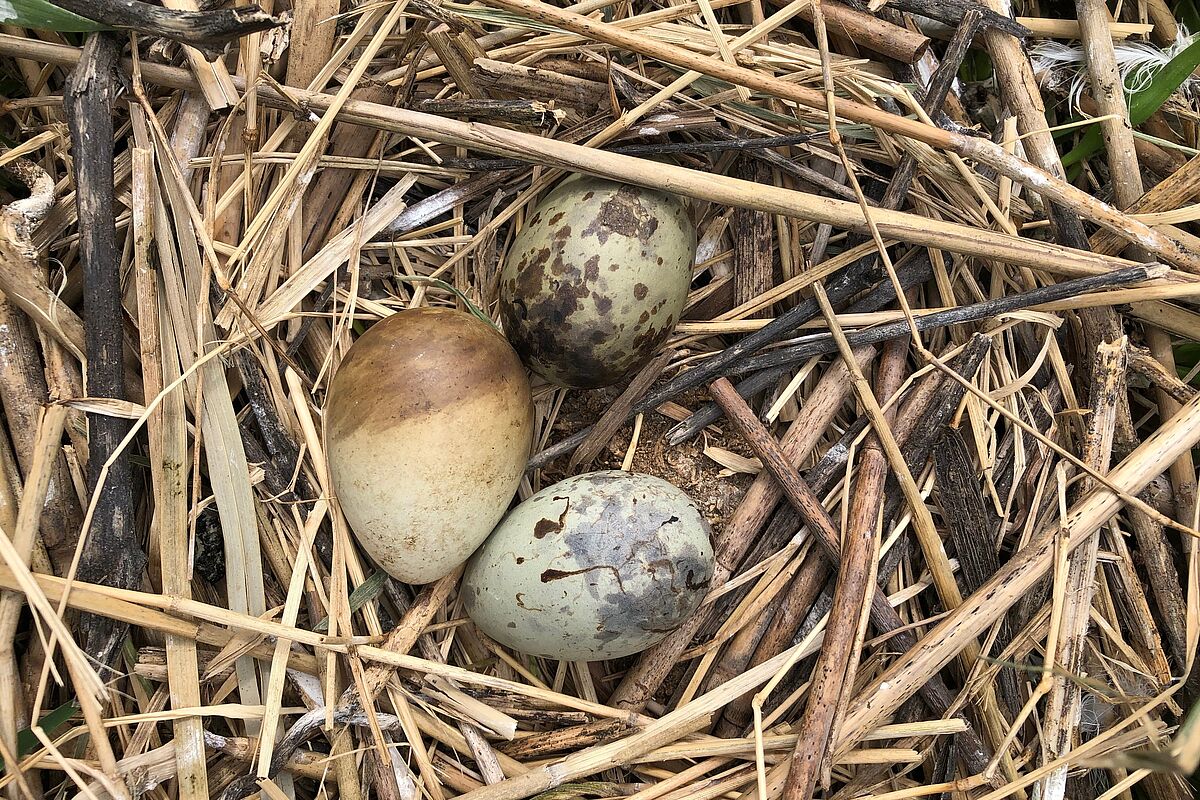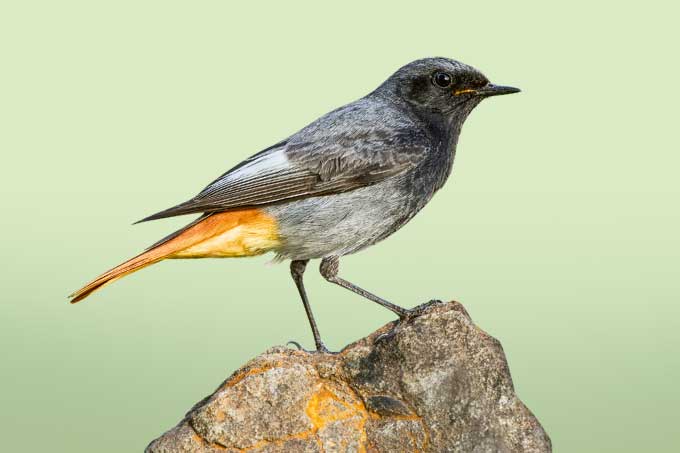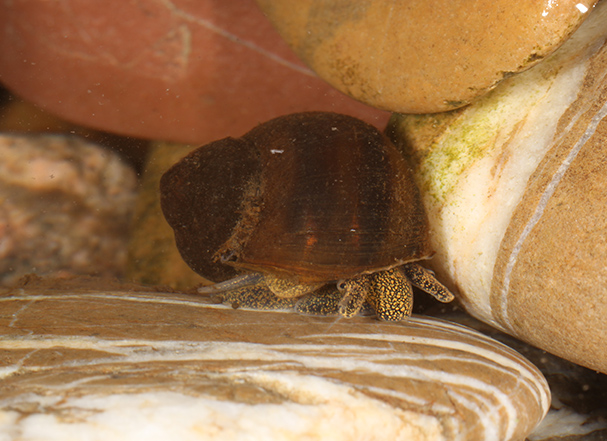Vogelwarte
Allgemeine und Systematische Zoologie
Die Forschung unserer Gruppe umfasst ein breites Spektrum an ökologischen, phylogenetischen und populationsgenetischen Fragestellungen vor allem zu Vögeln, aber auch zu Gastropoden. Wir sind interessiert an den Beziehungen von Organismen zu ihrer Umwelt, zu anderen Organismen, und an ihren individuellen und evolutionär-genetischen Beziehungen. Dementsprechend umfasst unser methodisches Spektrum klassische ökologische, sowie molekulare Ansätze. Detailliertere Ausführungen bezüglich aktueller Forschungsprojekte befinden sich im Bereich "Forschung".
Kontakt
Zoologisches Institut und Museum
Vogelwarte Hiddensee
Haus 6.2
Soldmannstraße 23
17489 Greifswald
Tel.: +49 (0)3834 420 4348 bzw.
Tel.: +49 (0)3834 420 4347
angela.schmitzuni-greifswaldde bzw.
martin.haaseuni-greifswaldde
Aktuelle Publikationen
Kadow, L., von Rintelen, T., Iqram, M., Bichain, J.-M. & Haase, M. (2025). Zooysytematics and Evolution
The vast majority of freshwater gastropods of the family Tateidae dwell in springs, small streams and the groundwater. In Sulawesi, however, all 31 described species occur in lake habitats. This exclusivity is certainly an artefact, a consequence of the lack of research in non-lacustrine habitats. Indeed, recent explorations discovered three species in non-lacustrine habitats, Sulawesidrobia lasoloensis sp. nov. and S. marmer sp. nov. in small streams in Southeast Sulawesi, and S. tilangaensis sp. nov. in the spring-fed Tilanga natural pool in South Sulawesi. We describe these species based on shell morphology, anatomy as well as mitochondrial sequence data and, based on the latter, inferred their phylogenetic relationships. [...]
Neiman, M., Pichler, M., Haase, M. & Lamatsch, D.K. (2025). Royal Society Open Science
Conspecifics often share—or are assumed to share—nuclear genome characteristics like nucleotide composition and genome size. These fundamental aspects of the nuclear genome can themselves be the object of natural selection. We here provide the first high-quality direct measurements of nuclear genome DNA content in a representative diverse sample of Potamopyrgus antipodarum, an Aotearoa New Zealand freshwater snail that is a textbook example of the maintenance of sexual reproduction in nature and is invasive worldwide. [...]
Schächinger, P. M., Beran, L., Verhaegen, G., Salvador, R. B., Ortega Ravalo, L. G. & Haase, M. (2025). Biological Invasions
Freshwater ecosystems support nearly 10% of the Earth’s known species, making them vital biodiversity hotspots. However, this biodiversity and its associated critical functions are threatened by anthropogenic pressure, including invasive species. The New Zealand mud snail, Potamopyrgus antipodarum, is a prominent invader of freshwater ecosystems, having rapidly expanded across several continents in the last two centuries and presenting substantial ecological and economic challenges. Its invasion success has been attributed to its adaptability to environmental variables and its clonal reproductive mode, yet its chronological expansion on a global scale has not previously been synthesized. Here, we compiled a total of 148,803 biogeographic records of P. antipodarum from 43 countries on six continents, focusing on historical data drawn from the literature. By mapping these records and analysing first introduction times, we compared invasion patterns of this snail worldwide. [...]
Unexpected diversity of alternative reproductive tactics revealed in Water Rails (Rallus aquaticus)
Stermin, A. N., Haase, M., Künzel, S., Sund, L., Morales, S., Schmitz Ornés, A. (2025). IBIS international journal of avian science.
Monogamy in birds was long considered a general mating system until molecular studies provided evidence of alternative reproductive strategies (ARS), which are now assumed to be present in ~90% of bird species. These ARS or tactics (ART), as we consider them in this study, include extra-pair copulation, which can lead to extra-pair paternity or extra-pair maternity, also referred to as quasi-parasitism, and conspecific brood parasitism. [...]
Influence of ocean primary production on the activity pattern of wintering Common Terns
Pavlinec, Ž., Piro, S.,Schmitz Ornés, A., et al. (2025). Journal of Ornithology.
Birds migrating through different flyways and wintering in different areas face spatial differences in food availability, climate, and threats that may affect their breeding performance and survival during both the breeding and the non-breeding seasons. Using light-level immersion geolocators, we studied activity patterns of Common Terns Sterna hirundo during the non-breeding period, whilst migrating along two different routes (western and eastern) and wintering in three distinct areas along the western, southern and eastern African coast. [...]
Testing for assortative mating based on migratory phenotypes in the Common Tern Sterna hirundo
Piro, S. & Schmitz Ornés, A. (2025). Avian Research.
Tracking and mating data of Common Terns (Sterna hirundo) breeding in a single colony in north-eastern Germany were used to test for assortative mating in regards to migratory phenotypes. These birds use the eastern and western African migration routes and three different wintering areas along the African coast. [...]
Emerge of phenotypic plasticity through epigenetic mechanisms
Romero-Mujalli, D., Fuchs, L.I.R., Haase, M., Hildebrandt, J.-P., Weissing, F.J. & Revilla, T.A. (2024). Evolution Letters
Plasticity is found in all domains of life and is particularly relevant when populations experience variable environmental conditions. Traditionally, evolutionary models of plasticity are non-mechanistic: they typically view reactions norms as the target of selection, without considering the underlying genetics explicitly. Consequently, there have been difficulties in understanding the emergence of plasticity, and in explaining its limits and costs. In this paper, we offer a novel mechanistic approximation for the emergence and evolution of plasticity. [...]
Sierra Lemus C. M., Schmitz Ornés A. & Haase M. 2024. Aquatic Invasions.
The dependence of freshwater snails on the availability of ions through their ambient water varies widely across species and deficiencies may limit reproduction and other physiological functions. Nevertheless, in many studies on the New Zealand mud snail (NZMS) Potamopyrgus antipodarum, where reactions on components dissolved in the water are not the focus, the composition of the water the snails are kept in is not specified. We tested the sensitivity of reproduction to three types of artificial fresh water in three parthenogenetic lineages invasive to Europe. [...]
Schröder, O., Schächinger, P., Bouchet, P. & Haase, M. 2024. European Journal of Taxonomy.
During an expedition in 2016, a rich fauna of freshwater gastropods of the family Tateidae Thiele, 1925 was discovered on the ultramafic terrains of the Southeast of New Caledonia (NC). Hitherto, only three of the 62 known NC family members were reported from this type of bedrock. [...]
Barwisch, I., Mewes, M., Schmitz Ornés, A. & Guenther, S. 2023. Journal of Ornithology.
Urbanization, industrialization, and intensification of agriculture have led to considerable heavy metal pollution across the globe, harming our ecosystems. Concentrations of arsenic (As), cadmium (Cd), copper (Cu), and lead (Pb) have been analysed in 249 eggshells collected between 2006 and 2021 from 83 female Common Cranes (Grus grus) nesting within north-eastern Germany. Information on the presence of trace elements in cranes from Europe and their potential adverse effects on the reproduction are largely missing. Only Cu and Pb were found to be present in eggshell samples. Levels of both metals did not exceed concentrations considered potentially toxic in birds and unhatched eggs did not contain higher metal concentrations compared to eggshell residues from hatched eggs. [...]
Haase, M., von Rintelen, T., Harting, B., Marwoto, R. & Glaubrecht, M. 2023. European Journal of Taxonomy.
Five new species of freshwater gastropods of the tateid genus Sulawesidrobia are described from the ancient Lake Matano on Sulawesi, Indonesia: S. wilsoni sp. nov., S. carsonae sp. nov., S. ehrlichi sp. nov., S. crutzeni sp. nov., and S. dinersteini sp. nov. The descriptions were based on shell morphology, anatomy as well as phylogenetic analysis using DNA sequence data of a fragment of the mitochondrial cytochrome oxidase I. [...]
Schmitz Ornés, A., Ducay, R. L., Fulmer, A. G. & Hauber, M. E. 2023. The Science of Nature.
In oviparous animals, egg morphology is considered an aspect of the extended phenotype of the laying mother and, thus, can be directly assessed for consistency both within and between individual females. Despite a recently renewed interest in the evolution and mechanics of avian eggshell morphology, we still lack a large-scale, comparative understanding of which egg traits are individually plastic and whether individual consistency is shaped by ecological and life history traits at the species level. [...]

